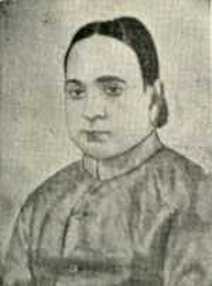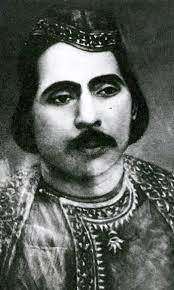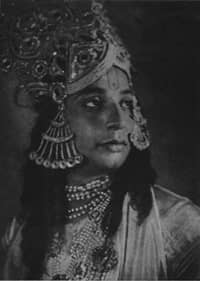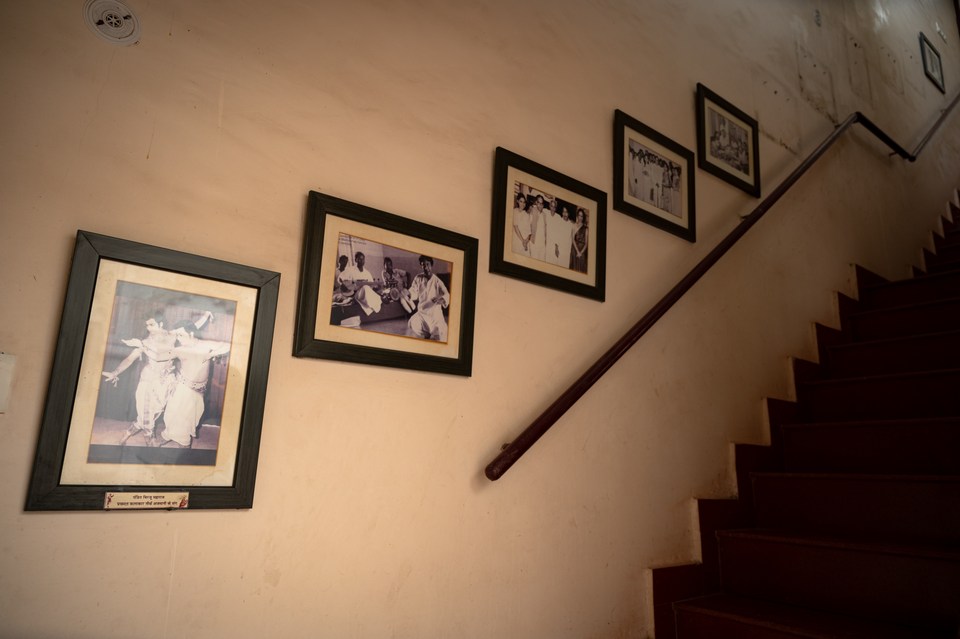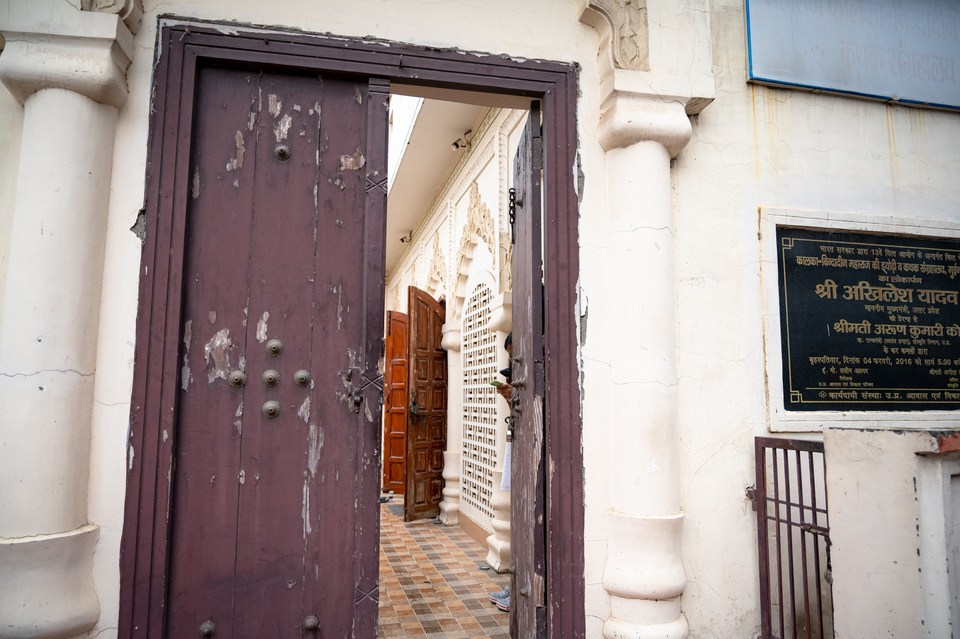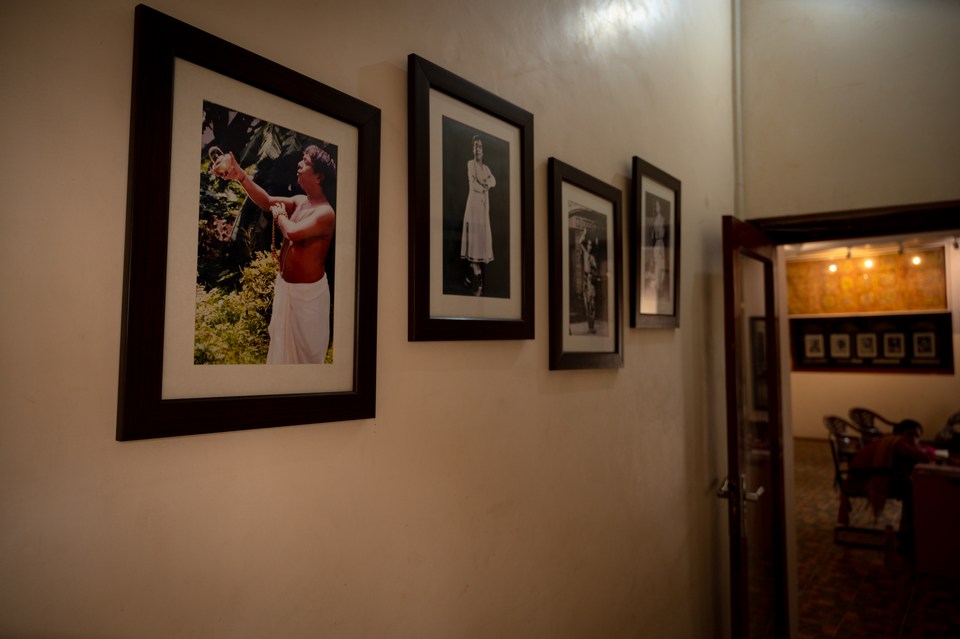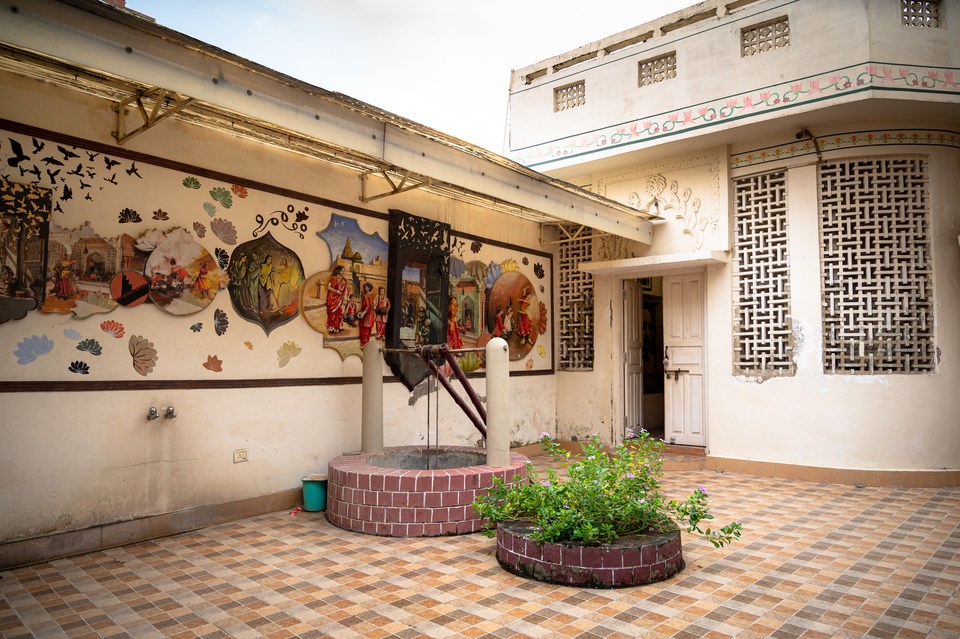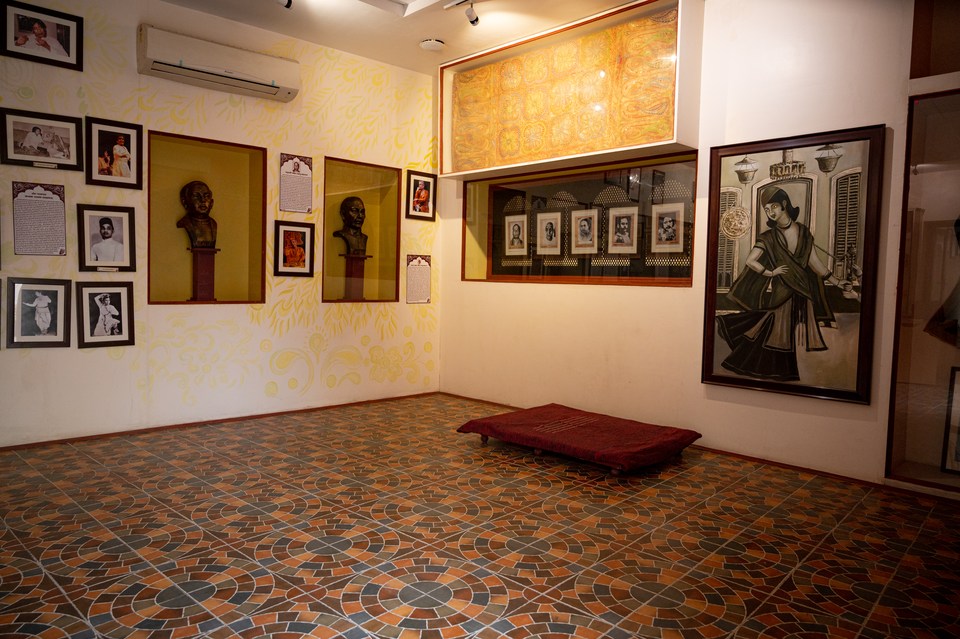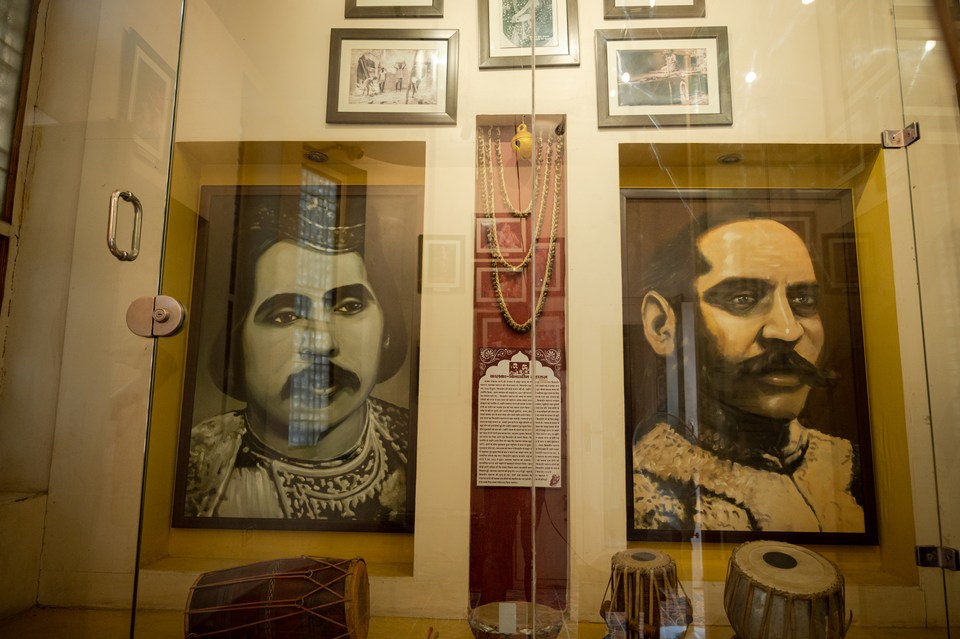Lucknow has been an originating space for numerous art forms. The culture of the city and the genius of the maestros there have helped refine and polish those art forms to eventually give them a gharana. The gharana culture in the city is homespun and remains a coveted concept. One such art form and its gharana that originated in the heartland of the city was Kathak, founded by Pandit Ishwari Prasad Mishra. The Lucknow gharana of Kathak further got its distinct name and eminence under Bindadin Maharaj and Pt. Kalka Prasad, who belonged to the family tree of Pt. Ishwari Prasad.
Born in 1830, Bindadin Maharaj was the founding father of Kathak in the Lucknow gharana. He was born in Handia Tehsil in the Allahabad district, where his father, Durga Prasad, used to reside. Bindadin Maharaj started training rigorously at the tender age of 12, practising tatkaar for 12 hours a day, every day, for four years. He wrote and composed about 3000 thumris and created beautiful bhav on them. He, along with his younger brother, Kalka Prasad, were famous as the “Kalka-Bindadin ki jodi ” and gave successful performances all over India.
Bindadin Maharaj and his brother Kalka Prasad became inarguably the most noted dancers of their time. While their forefathers specialised in one or more of these dance elements, Bindadin and Kalka Prasad laid the groundwork and advanced the shape of modern Kathak culture by combining the majority of these disparate dance elements into one radical but elegant style. Even so, Kalka Prasad was noted for his rhythmic prowess, while Bindadin became famous for his poetic interpretations and his compositional skills.
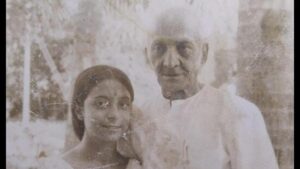 Bindadin never had any children. Kalka Prasad, on the other hand, had three sons, namely Acchan Maharaj, Lacchu Maharaj, and Shambhu Maharaj. Acchan Maharaj was born in Lamuha, near Sultanpur. He received training from Kalka Prasadji and Bindadinji and was an expert in Bhav, Laya, as well as Taal. Even though he was heavy in stature, he could take chakkars (pirouettes) very easily and gracefully. He was a very good-natured person, and hence he came to be known as “Acchan” Maharaj.
Bindadin never had any children. Kalka Prasad, on the other hand, had three sons, namely Acchan Maharaj, Lacchu Maharaj, and Shambhu Maharaj. Acchan Maharaj was born in Lamuha, near Sultanpur. He received training from Kalka Prasadji and Bindadinji and was an expert in Bhav, Laya, as well as Taal. Even though he was heavy in stature, he could take chakkars (pirouettes) very easily and gracefully. He was a very good-natured person, and hence he came to be known as “Acchan” Maharaj.
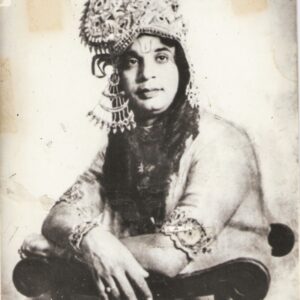 Shambhu Maharaj was tied to the Ganda by Bindadin Maharaj at the age of eight. At his deathbed, Bindadin Maharaj gave Shambhu Maharaj’s hand to Acchan Maharaj and told him to treat his younger brother like his son and train him well. At the age of 13, his mother sent him to train in Thumri under Ustad Rahimmuddin Khan, and at the age of 14, her mother brought him to Rampur estate, where Acchan Maharaj was the court dancer. Bindadin is still considered one of the pioneers of the gharana, and it was an utter loss to the nation when he passed away in 1918. He left behind an empire and a legacy that are unrivalled to this day. There are not many critics of his work because of his perfectionist nature and the interwoven lakhnavi essence in it.
Shambhu Maharaj was tied to the Ganda by Bindadin Maharaj at the age of eight. At his deathbed, Bindadin Maharaj gave Shambhu Maharaj’s hand to Acchan Maharaj and told him to treat his younger brother like his son and train him well. At the age of 13, his mother sent him to train in Thumri under Ustad Rahimmuddin Khan, and at the age of 14, her mother brought him to Rampur estate, where Acchan Maharaj was the court dancer. Bindadin is still considered one of the pioneers of the gharana, and it was an utter loss to the nation when he passed away in 1918. He left behind an empire and a legacy that are unrivalled to this day. There are not many critics of his work because of his perfectionist nature and the interwoven lakhnavi essence in it.
This school of art later came to be known as Lucknow Kalka-Bindadin Gharana, which was, before his demise, under the care of Pt. Birju Maharaj. It has stood the test of time and is still the most relevant and sought-after gharana in the country.


